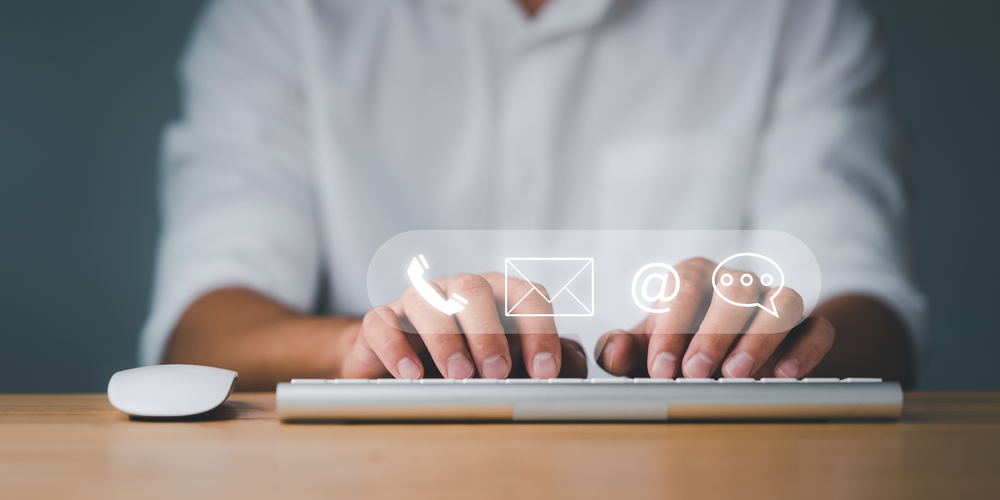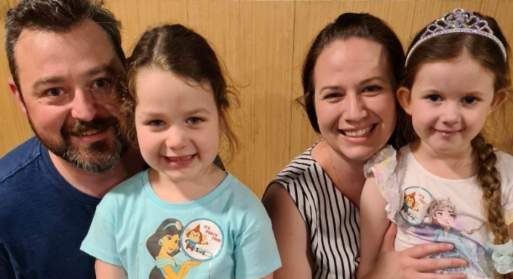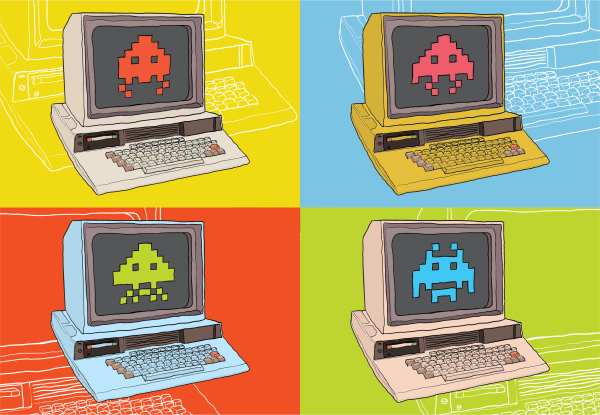As the Noongar season of Djilba draws to a close, our team is making the most of the good weather before the big wet hits, write KATHY LEMON and NATALIE JETTA.
With so much of our work being in Communities around the north of Western Australia, August and September tend to be busy months for us. The warmer months are just around the corner, when no one goes anywhere. Soon it’s going to be too hot and too wet.
Right now, in what is Djilba on Noongar country, it’s festival time. We’ve been getting a run of days averaging around 30 degrees, which is just right for getting out and about. There’s a heap of community events on and the place just comes alive.
By the time December hits, we’ll be into the wet season and the events all disappear. It’s just too hot to be moving around. So we’re getting in as many DESY sessions and meets as possible.
We had a great time in August celebrating 30 years of the local Aboriginal Medical Service (AMS). They put on a big community family fun day. Going along to that also allowed us to make connections with a couple of new health services that cover Aboriginal health.
We’ve also been along to a breast cancer awareness pampering day, held by the local AMS, where ladies can come in and get health checks and talk about their health concerns, but also sit down and get a massage or get their nails done. It’s just about creating an opportunity for women to talk about breast care and other health issues.
We’ll also be attending a number of conferences, following on from a presentation we gave at this year’s Aboriginal Health Council of Western Australia scientific meeting, and setting up a stall at the Midland Naidoc day in October.
Those community events, like the Multicultural Netball Carnival we went to in July, are always a great chance to meet with people who might not be keen to go along to see health professionals all that often. It’s a low pressure way to build awareness of diabetes. We’re always on the lookout for ways to help people talk and think more about diabetes.
Over the past couple of months, it’s been great to see the response to our new Aboriginal health resources. We’ve updated our booklets and our portion plates. They’ve been incredibly popular, with medical services all over the state – and beyond – asking to order some. We’re particularly pleased with the new Healthy Tucker Plate.
As you can see in the picture (above), we’ve made it easier to understand and included some traditional foods. We know the difference it makes when you make resources available that are accessible and culturally safe for Aboriginal Australians. It’s something we will continue to offer and to work on to make sure we’re providing the best possible support and services for remote and regional communities.





